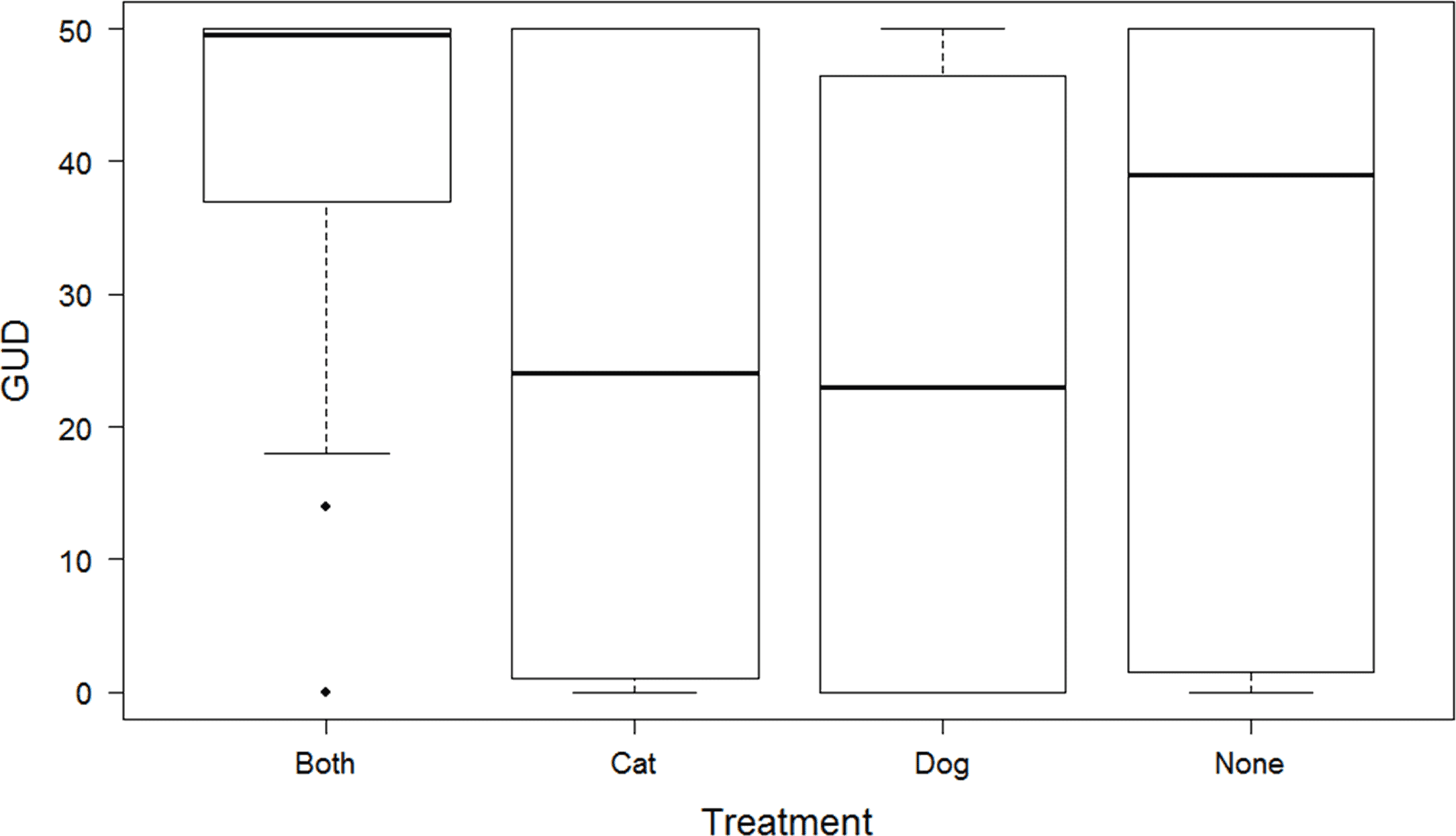Cats and dogs working side by side may be the best rodent control method at our disposal according to an international team of researchers. The question now is, how do we reconcile these age-old rivals for the task at hand?

Working as part of an international research team, Robert McCleery, associate professor of wildlife ecology and conservation at the University of Florida’s Institute of Food and Agricultural Sciences, found that a combined team of cats and dogs reduced rodent foraging in and around households or storage buildings. They also detail that neither species working by itself will help deter the pests.
Paw and claw
Pest rodents have caught on pretty early that agriculture means ample food. Even better for them, there’s a species who will do the heavy lifting of growing, harvesting, and storing all that food in one place for them to nibble on — that’s us. So they’ve become a staple of human settlements since times immemorial.
Naturally, this didn’t sit well with us humans. We brought our pet animals to bear upon the pests, starting the most literal game of ‘cat-and-mouse’ in history. That this idiom today stands for a very contrived, lengthy process with little chances of success should tell you how well it’s been going for us.

Image credits Alice Rosen / Flickr.
So what can we do to finally stack the deck in the cat’s favor? Bring in dogs, one team of scientists says. Working in tandem, these two species of pets can significantly reduce pest rodents’ activity in and around human households or farms, they say.
Led by Themb’alilahlwa Mahlaba at the University of Swaziland, the team conducted an experiment in four agricultural villages in Swaziland. Although the research is limited geographically, McCleery said the findings apply globally. The worked on 40 households in the villages, dividing them into groups of ten. One group had only dogs, another only cats, one group of homes was guarded by both species, and a control group with neither. They studied rodent pests living in these households.
McCleery said that the team considered a species a pest if it “lives in your house or eats your crops and is usually not native to the area where it is found.” Their data shows that individual species of working animals aren’t very effective at deterring pests, but using both dogs and cats provides good results.
“This might reduce food damage and potential for disease transmission,” McCleery said.
“Farmers might want to consider cats and dogs as a way to discourage rodent pests in areas where they store their crops.”
GUD news
The team first placed plastic lunchboxes filled with sand and peanuts in the houses for seven consecutive days so the rodents would get used to this source of food. Then, they installed ‘control tiles’ — basically white square tiles sooted black — alongside the lunchboxes for 5 consecutive days and nights in July (the cool dry season) and 5 in October (the hot dry season).
As rodents passed over the tiles, their little paws would leave a white track. Each tile’s surface was broken down into squares, and the percentage of squares with tracks gave an estimate of rodent activity in each house.
The bait was refreshed before the control tiles were installed, and then each day during the experiment.
“A total of 86 rodents of two species were captured within buildings and out-houses around homesteads in the study area. The majority (73) of specimens were Rattus rattus, with the remainder (13) being Mastomys natalensis,” the paper reads.
The team also observed the rat’s Giving Up Density (GUD), which showed how often the animals gave up forage in homesteads with both cats and dogs — basically, the intensity of the ‘fear factor’ the guardians instilled. In boxplot below, you can see how much ‘ratctivity’ the houses have seen in July (left) and October (right).
I’ve put the basic gist of the graph in the caption, but here’s a more in-depth guide to reading boxplots.

Image credits Themb’alilahlwa A. M. Mahlaba (2017) PLOS One.
And here’s the GUD.

The results show that rodents displayed significantly more fear and reduced foraging activity in homesteads guarded by both cats and dogs. Taken alone, either species had less success deterring rodents, with cats having a slight edge across the board.
“The results of this study are particularly interesting to me as they will make a big contribution to the efforts at managing rodents in and around homesteads,” Mahlaba said.
“Showing that dogs have a role in rodent management has overturned my long held ideas on this subject. Now all we need to do is to find out why and how the combination of cats and dogs drastically reduces rodent activity in and around homesteads.”
The full paper Domestic cats and dogs create a landscape of fear for pest rodents around rural homesteads” have been published in the journal PLOS One.


